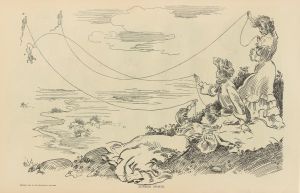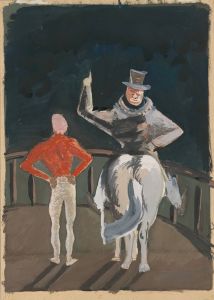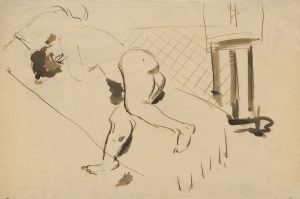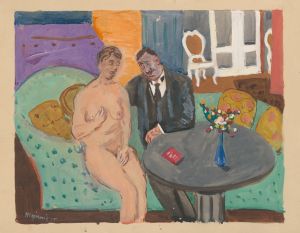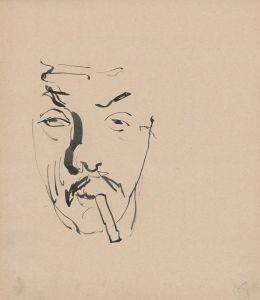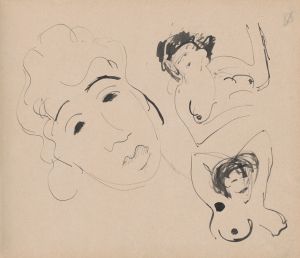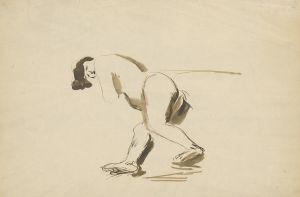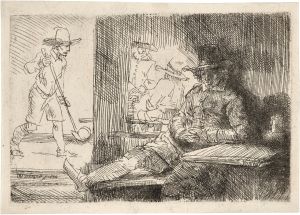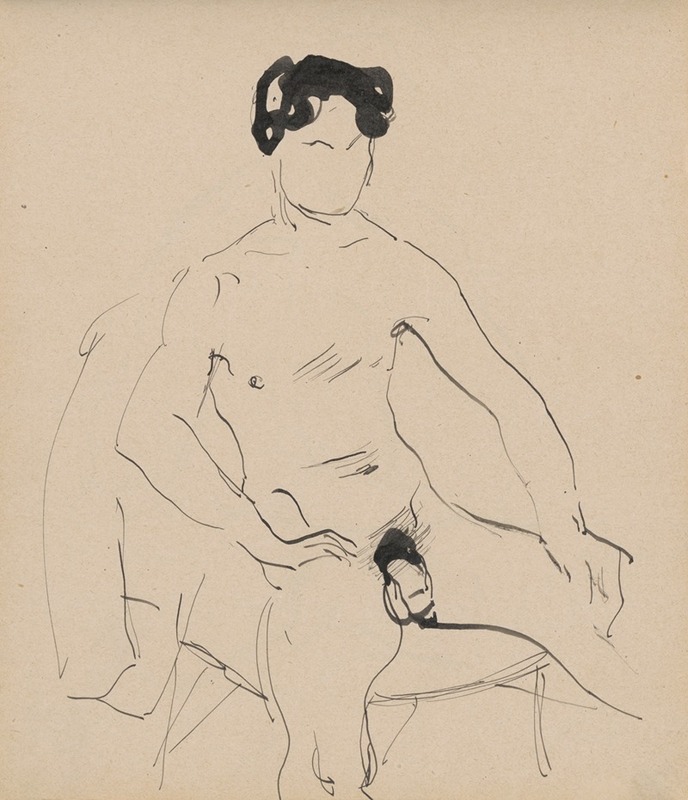
Skicár
A hand-painted replica of Cyprián Majerník’s masterpiece Skicár, meticulously crafted by professional artists to capture the true essence of the original. Each piece is created with museum-quality canvas and rare mineral pigments, carefully painted by experienced artists with delicate brushstrokes and rich, layered colors to perfectly recreate the texture of the original artwork. Unlike machine-printed reproductions, this hand-painted version brings the painting to life, infused with the artist’s emotions and skill in every stroke. Whether for personal collection or home decoration, it instantly elevates the artistic atmosphere of any space.
Cyprián Majerník was a Slovak painter known for his poignant and expressive works, often reflecting the socio-political turmoil of his time. Born on November 24, 1909, in Veľké Kostoľany, Slovakia, Majerník became an influential figure in Central European art during the early to mid-20th century. His works are characterized by their emotional depth and often somber tones, reflecting the artist's personal struggles and the broader historical context of Europe during his lifetime.
One of Majerník's notable works is "Skicár," which translates to "Sketchbook" in English. This piece exemplifies Majerník's style, which often combined elements of expressionism and surrealism. While specific details about "Skicár" are limited, it is understood that Majerník's sketchbooks were an integral part of his artistic process, serving as a space for experimentation and the development of ideas that would later be realized in his larger works.
Majerník's art was deeply influenced by the political and social upheavals of the 1930s and 1940s, including the rise of fascism and the impact of World War II. These events left a profound mark on his work, infusing it with a sense of melancholy and introspection. His paintings often depict themes of alienation, despair, and the human condition, resonating with the existential uncertainties of his era.
"Skicár" likely contains sketches that reflect these themes, capturing the raw and unfiltered emotions that Majerník experienced. His use of bold lines and stark contrasts in his sketches would have been a precursor to the more detailed and polished compositions found in his finished paintings. The sketchbook format allowed Majerník to explore different subjects and techniques, providing insight into his creative process and the evolution of his artistic vision.
Majerník's contribution to art extends beyond his individual works; he was part of a broader movement of Slovak and Czech artists who sought to express the complexities of their time through innovative and often avant-garde approaches. Despite facing personal challenges, including a battle with multiple sclerosis, Majerník remained committed to his art until his untimely death on July 4, 1945.
Today, Cyprián Majerník is remembered as a significant figure in Slovak art history, and his works continue to be studied and appreciated for their emotional depth and historical significance. While "Skicár" itself may not be widely documented, it represents an essential aspect of Majerník's oeuvre, offering a glimpse into the mind of an artist navigating the tumultuous landscape of 20th-century Europe.







